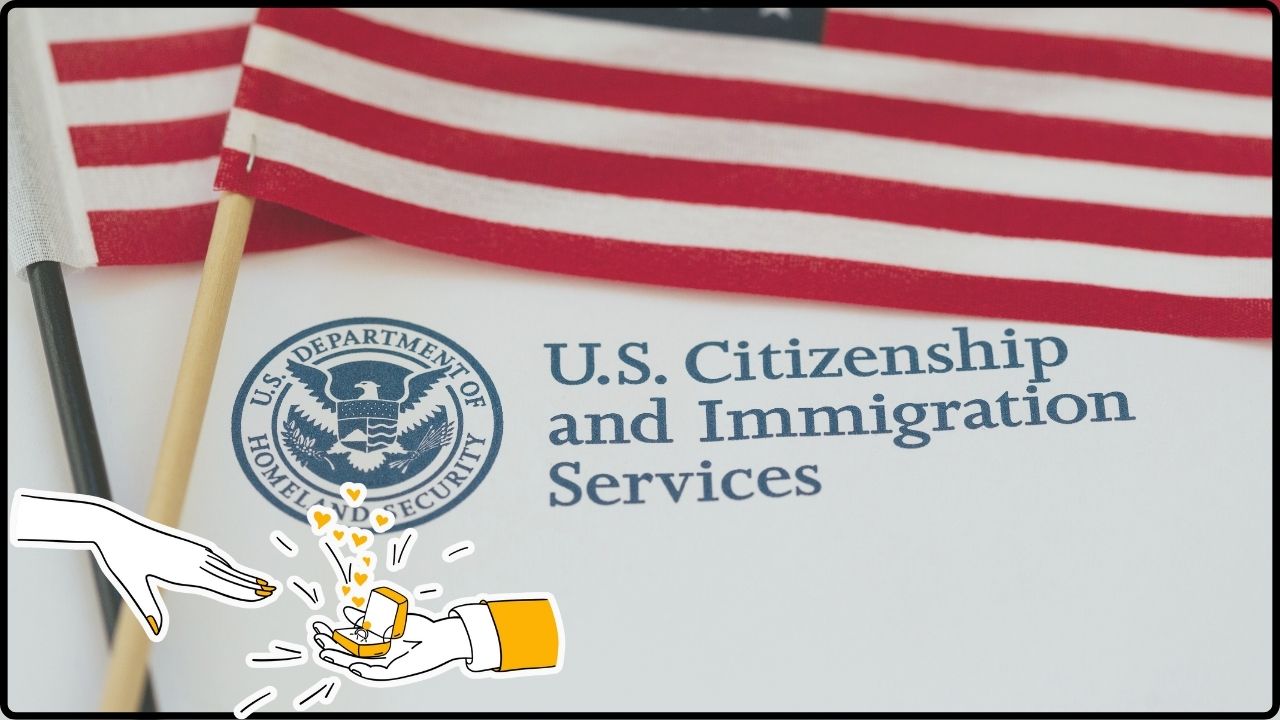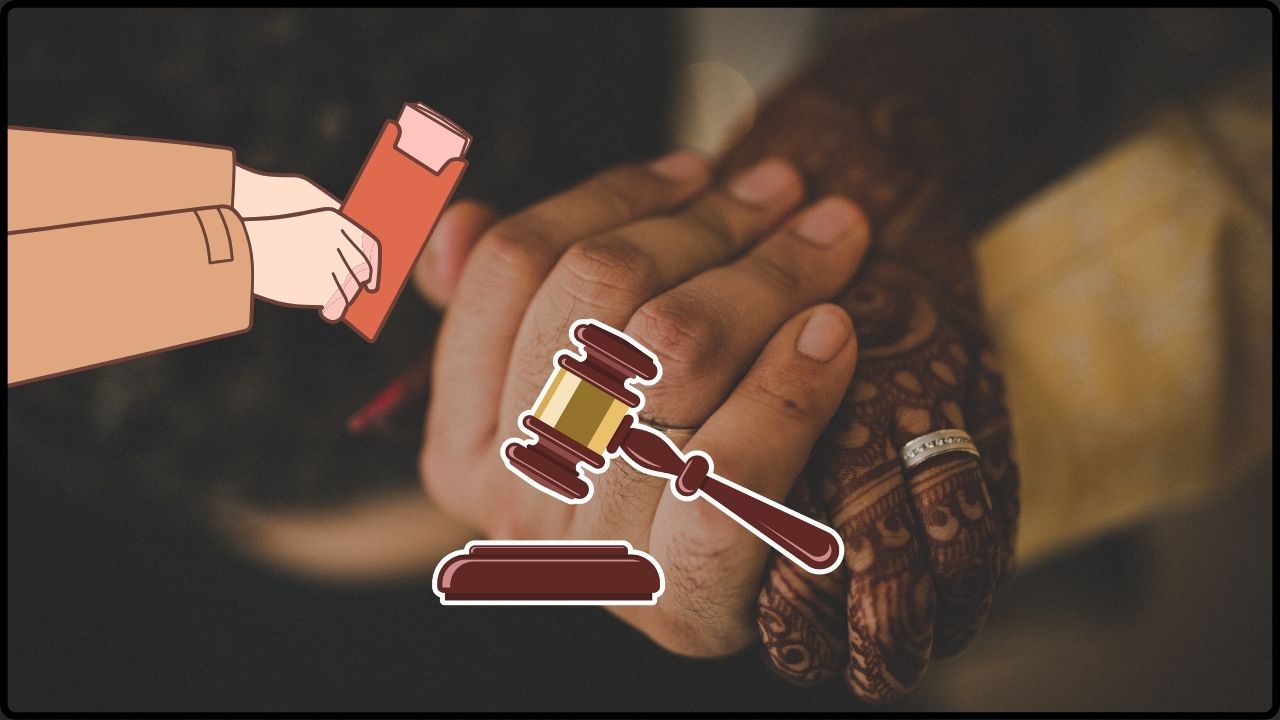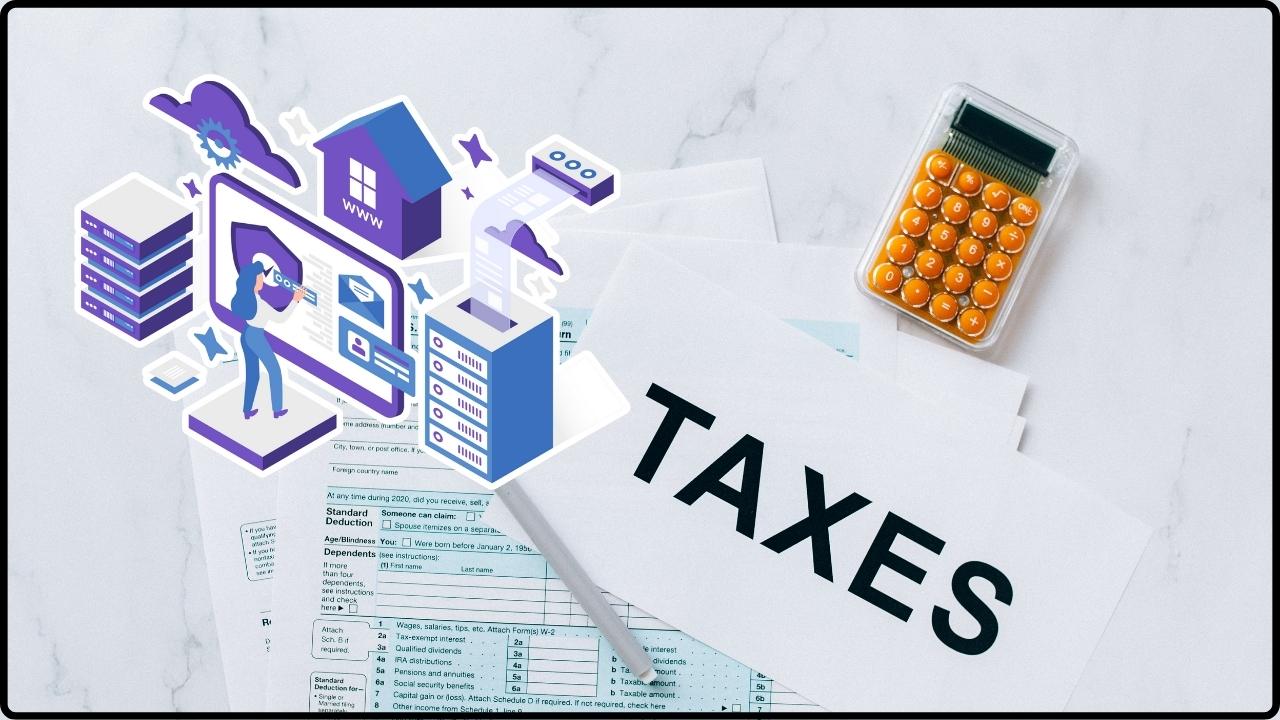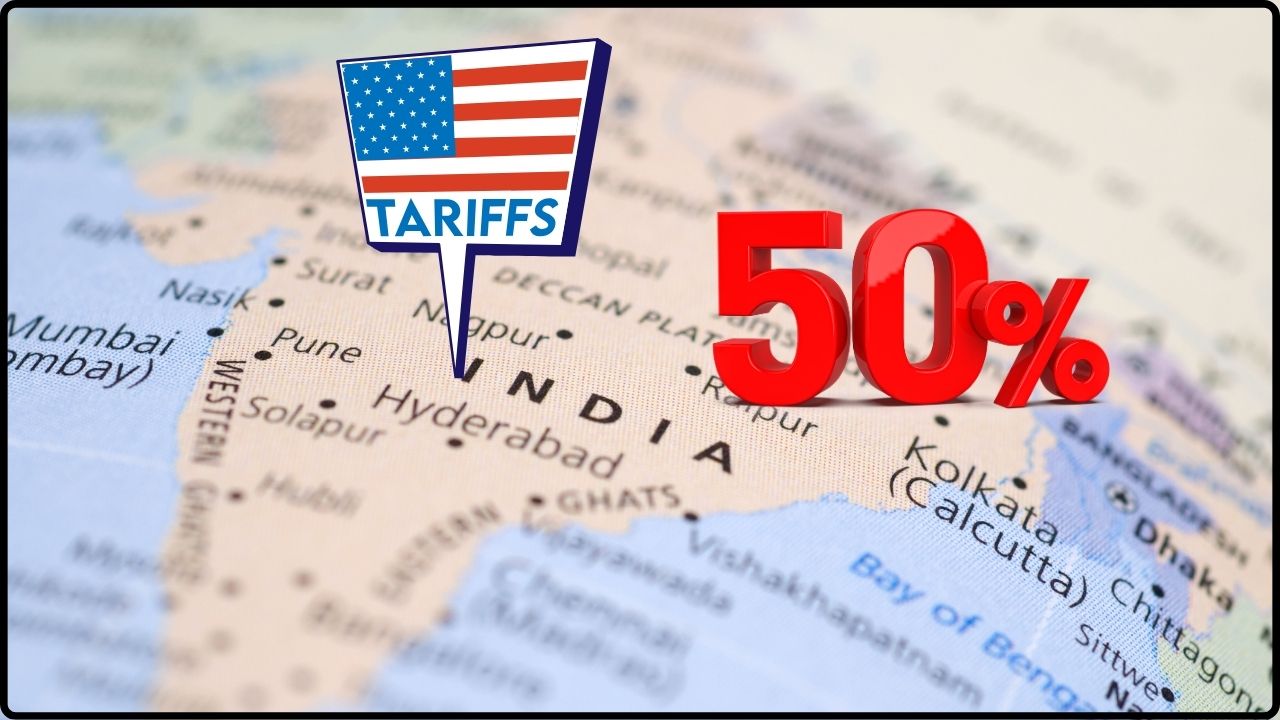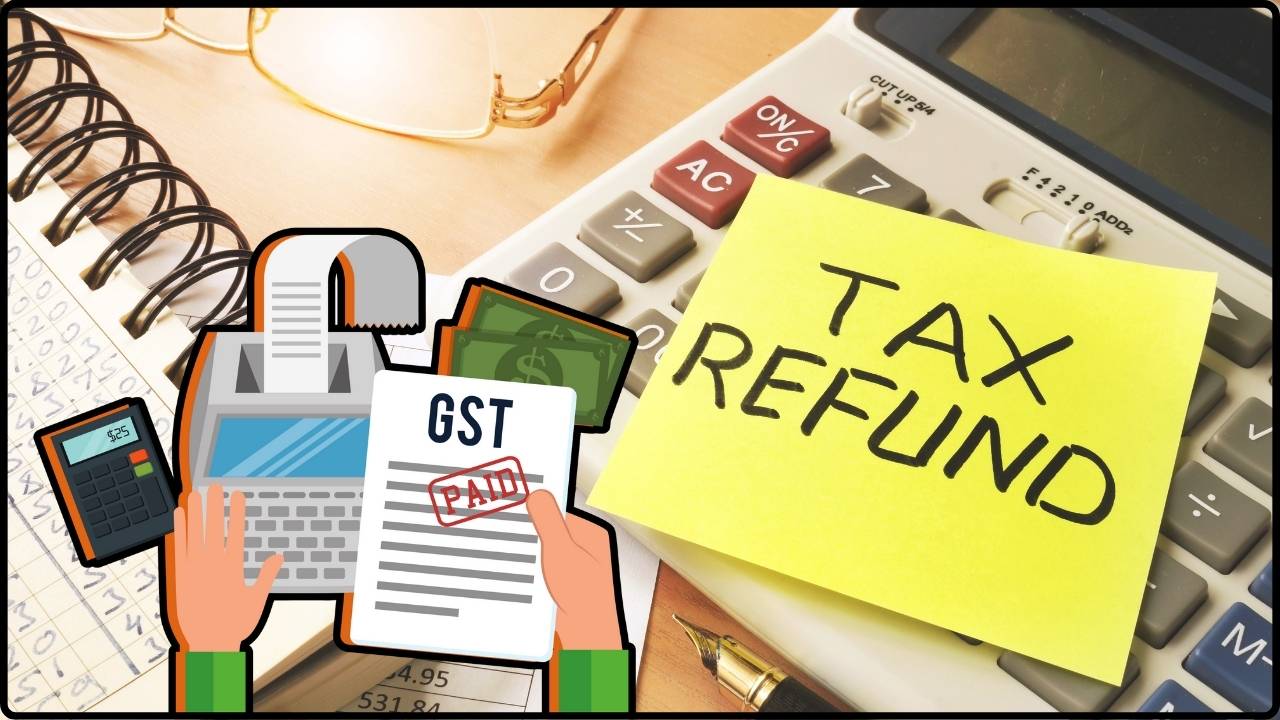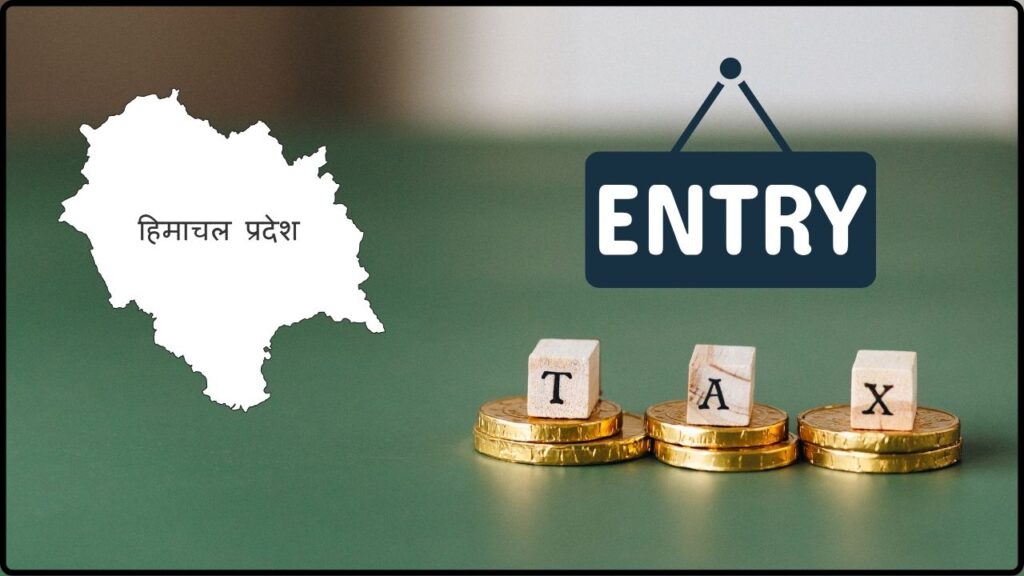
Punjab Minister Backs Protest Against Himachal Pradesh’s Entry Tax: When it comes to interstate relations in India, things can get heated quickly—especially when money is involved. Punjab Education Minister Harjot Singh Bains has publicly supported local protests against Himachal Pradesh’s entry tax on Punjab-registered vehicles. What might look like a routine toll collection issue has exploded into a much larger debate about legality, fairness, economics, and political maneuvering. This is not just about a handful of cars being charged a few rupees. It is a matter of law, livelihoods, and long-standing cross-border ties. The situation has parallels with disputes in the United States, where states fight over bridge tolls, interstate commerce, or cross-border fees. What seems like a “local” issue quickly becomes political and economic, pulling in governments, businesses, and ordinary people alike.
Punjab Minister Backs Protest Against Himachal Pradesh’s Entry Tax
The Punjab-Himachal entry tax dispute is not just about paying a few extra rupees—it’s about legality, fairness, and interstate cooperation. By backing the protest, Minister Harjot Singh Bains has intensified pressure on Himachal Pradesh. With nearly 1,000 vehicles affected daily, the stakes are high for ordinary families, businesses, and state politics alike. As history shows, interstate disputes often end up shaping laws, policies, and even election outcomes. The sooner both states sit down to resolve this, the better it will be for commuters, traders, and long-term regional harmony.
| Point | Details |
|---|---|
| Protest Location | Mehatpur entry tax barrier, near Nangal |
| Who’s Involved? | Punjab Education Minister Harjot Singh Bains, Toll Tax Hatao Morcha, Kirti Kisan Union, Illaka Sangharsh Committee |
| Protest Date | August 29, 2025 |
| Duration of Blockade | Around 90 minutes |
| Vehicles Affected Daily | Approximately 1,000 vehicles cross the Punjab-Himachal border |
| Main Demand | Removal of the “illegal” Himachal Pradesh entry tax |
| Background | Nangal Municipal Council threatened reciprocal tolls in June 2025 |
| Reference | Himachal Pradesh Transport Department |
Why the Entry Tax Matters?
At first glance, an entry tax may not seem like a big deal. After all, Americans pay tolls daily when driving on the New Jersey Turnpike or entering New York City through the Lincoln Tunnel. But India’s National Highway Authority of India (NHAI) has specific rules: residents living within 5 km of a toll barrier are exempt from paying.
The Himachal Pradesh entry tax at the Mehatpur barrier is therefore being called out as illegal, because it allegedly violates these exemptions. Thousands of residents who live in or near Nangal and Una use this route every day—for work, education, shopping, and social visits. They now feel unfairly targeted.
The Bigger Picture
- Over 1,000 vehicles cross the Mehatpur entry point daily.
- Many commuters are employees of the Bhakra Beas Management Board (BBMB), which maintains central government roads.
- Farmers, students, traders, and small business owners rely on daily cross-border travel.
- Locals argue that Himachal is effectively double-taxing, since these roads are already supported by central funds.
If Himachal does not reconsider, Punjab leaders have warned of reciprocal tolls on Himachal-registered vehicles—escalating tensions between the two states.
What the Protest Looked Like?
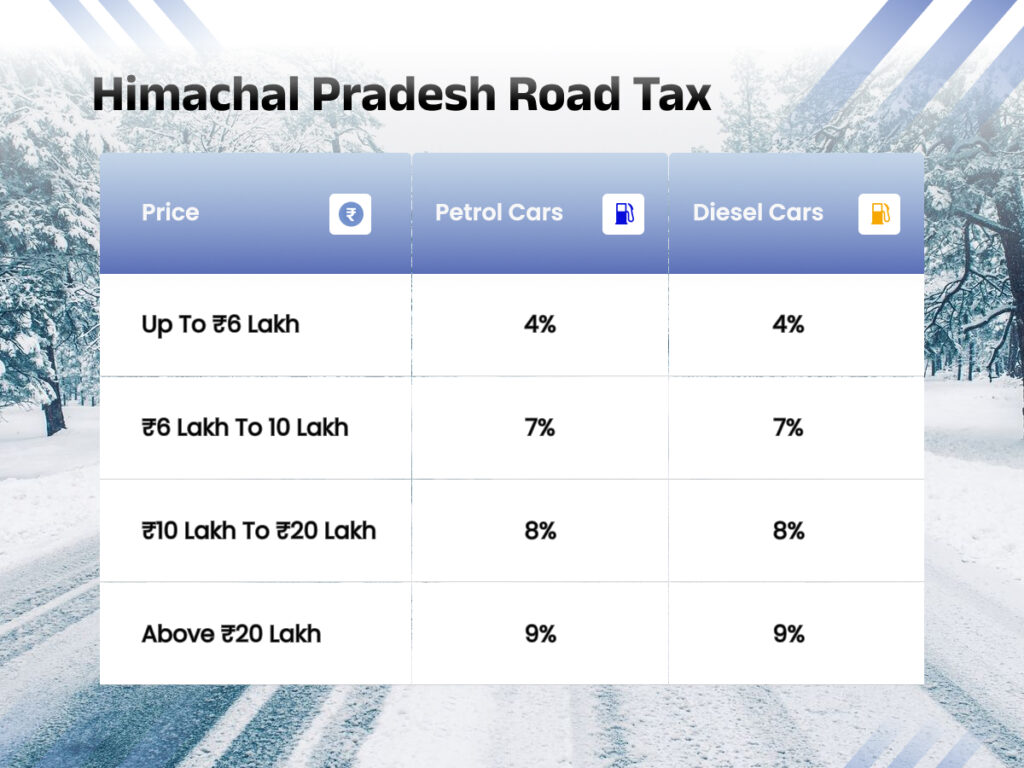
On August 29, 2025, the highway looked less like a road and more like a stage for a political drama. Protesters led by the Toll Tax Hatao Morcha and Kirti Kisan Union staged a dharna (peaceful sit-in) at the Mehatpur barrier. Traffic was blocked on the Nangal-Una highway for nearly 90 minutes, leaving hundreds of vehicles stranded.
Minister Harjot Singh Bains personally joined the demonstrators, calling the tax “illegal and unjustified” and demanding its immediate removal. His presence gave the protest legitimacy and drew significant media attention.
It resembled trucker protests in the United States, where drivers block highways to protest fuel hikes or toll increases. The strategy is the same worldwide: disrupt, demand attention, and force government action.
Historical Context – Interstate Disputes in India
India has a long history of interstate disputes. This isn’t just about money—it’s also about pride, resources, and governance.
- Karnataka vs. Tamil Nadu: The famous Cauvery River water dispute has fueled protests and legal battles for decades.
- Punjab vs. Haryana: Disputes over river waters and road transport tolls have been ongoing since the 1960s.
- Maharashtra vs. Karnataka: Border taxes and language disputes have often escalated into political flashpoints.
Each case shows how neighboring states often clash when one side feels disadvantaged, and the current Punjab-Himachal tax fight fits right into this pattern.
Economic Impact of Punjab Minister Backs Protest Against Himachal Pradesh’s Entry Tax
Let’s crunch the numbers. If 1,000 vehicles per day are forced to pay ₹100 each (about $1.20), that amounts to ₹100,000 daily or ₹3 crore annually (approx. $360,000).
For an individual farmer or worker commuting daily, that’s an extra ₹2,500–₹3,000 per month—a serious burden. For businesses transporting goods, this tax can increase delivery costs and reduce profit margins. Ultimately, consumers may pay higher prices as businesses pass along added expenses.
In the long run, if Punjab retaliates with reciprocal taxes, the financial hit could multiply, impacting trade, tourism, and daily commerce between the two states.
Political Angle
Politics plays a major role in this showdown.
- Punjab’s ruling party is using the protest to position itself as defender of the people, especially rural voters.
- Himachal Pradesh’s government is under pressure to maintain revenue streams, especially as tourism is a big part of its economy.
- Opposition parties in both states are seizing the moment to criticize each other.
Analysts believe this issue could become a campaign talking point in upcoming elections, as both states try to show they are protecting their citizens.

Public Voices
The human impact is clear from the voices of those affected:
- A BBMB employee said, “We already pay road taxes. Why should we pay again just to get to work?”
- A college student who commutes from Nangal to Una daily added, “My parents can’t afford this. It feels like we’re being punished for living near the border.”
- Local traders argue the tax discourages business exchange, making it harder to sell goods across state lines.
These personal stories highlight why the issue resonates so deeply with ordinary families.
International Comparisons
India is not alone in facing such disputes.
- In the United States, New York and New Jersey regularly clash over tolls on bridges and tunnels.
- In France and Germany, trucker protests over highway tolls have brought traffic to a standstill.
- In Canada, disputes between provinces over trade tariffs and transport fees often reach federal courts.
These examples show that whether in India or abroad, tolls and taxes can ignite political, economic, and social battles when they feel unfair.
What Can Be Done? Step-by-Step Resolution
Experts suggest a five-step roadmap:
- Clarify Legal Position
- NHAI guidelines are clear about exemptions. If Himachal is violating them, the central government must intervene.
- Dialogue Between States
- Ministers from Punjab and Himachal need structured talks to avoid knee-jerk reactions.
- Judicial Resolution
- If discussions fail, residents or governments could move the High Court or Supreme Court.
- Tech-Based Solutions
- Implement FASTag-based exemptions for locals, similar to EZ Pass systems in the U.S.
- Temporary Relief
- Suspend collection until legality is reviewed, reducing public anger.
Actionable Advice for Commuters
While governments fight it out, commuters need practical steps:
- Keep Receipts – Proof of payments may help if refunds are ordered later.
- Carry ID Proof – Showing residence within 5 km could help argue for exemption.
- Use Complaint Portals – Register grievances on NHAI’s portal.
- Join Collective Action – Being part of unions or committees strengthens the public voice.
Punjab Vyapar Mandal Takes GST Concerns to Union MOS Pankaj Chaudhary – What Was Discussed?
New GST Rates Likely By Dussehra – Govt Prepares For Revenue Shortfall
CM Stalin On Tax Distribution – Why States Must Revisit Union-State Relations
Future Outlook
If unresolved, the conflict could unfold in multiple ways:
- Court Battles – High Courts or even the Supreme Court may rule on legality.
- Reciprocal Actions – Punjab could impose its own tolls, triggering a cycle of tit-for-tat measures.
- Federal Intervention – The central government may step in to prevent economic disruption.
The likeliest outcome? A negotiated settlement, because both states rely heavily on cross-border mobility and neither can afford prolonged disruptions.

